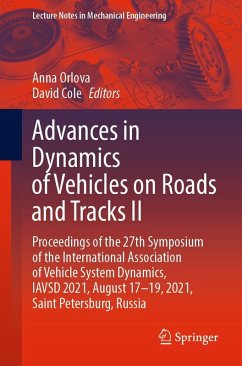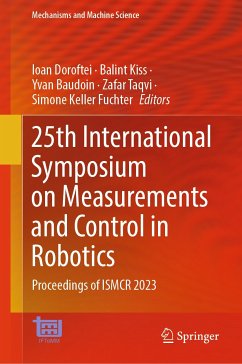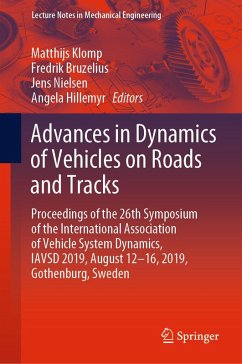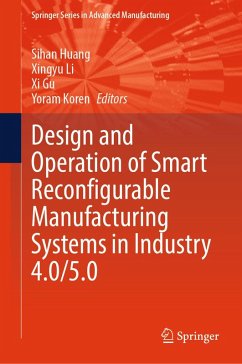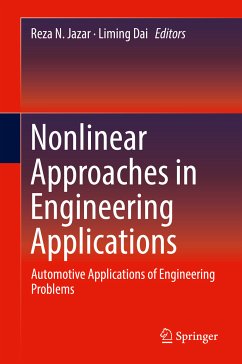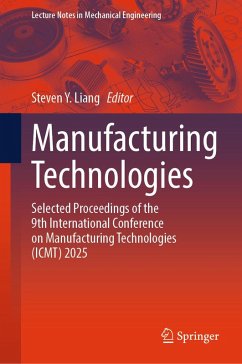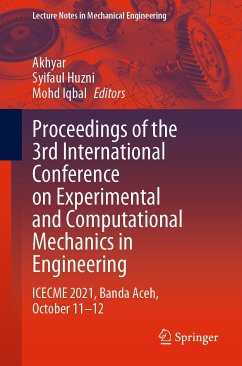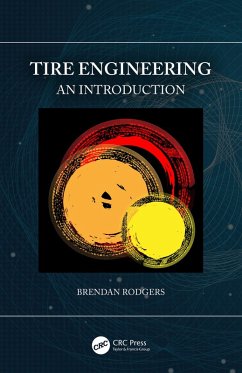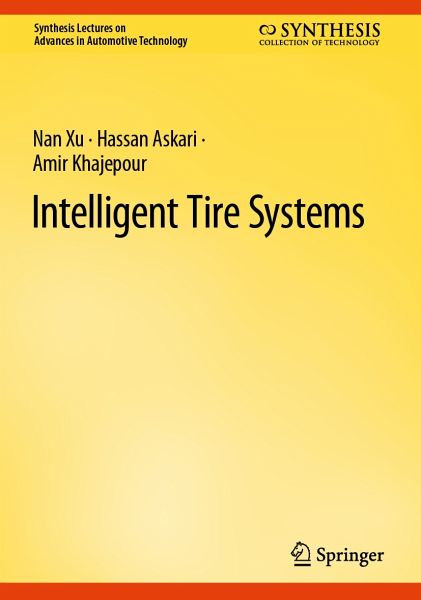
Intelligent Tire Systems (eBook, PDF)
Versandkostenfrei!
Sofort per Download lieferbar
Statt: 85,59 €**
64,95 €
inkl. MwSt.
**Preis der gedruckten Ausgabe (Gebundenes Buch)
Alle Infos zum eBook verschenkenWeitere Ausgaben:

PAYBACK Punkte
32 °P sammeln!
Vehicle performance is largely controlled by the tire dynamic characteristics mediated by forces and moments generated at the tire-road contact patch. The tire may undergo deformations that increase the longitudinal and lateral forces within the contact patch. It is crucial to develop a model for the accurate prediction of tire characteristics, as this will enable optimization of the overall performance of vehicles. Research has been conducted to identify new strategies for tire measurement and modeling vehicle dynamics analysis. Autonomous vehicles (AVs), electric vehicles (EVs), shared sets,...
Vehicle performance is largely controlled by the tire dynamic characteristics mediated by forces and moments generated at the tire-road contact patch. The tire may undergo deformations that increase the longitudinal and lateral forces within the contact patch. It is crucial to develop a model for the accurate prediction of tire characteristics, as this will enable optimization of the overall performance of vehicles. Research has been conducted to identify new strategies for tire measurement and modeling vehicle dynamics analysis. Autonomous vehicles (AVs), electric vehicles (EVs), shared sets, and connected vehicles have further revolutionized interdisciplinary research on vehicle and tire systems. The performance and reliability of vehicle active safety and advanced driver assistance systems (ADASs) are primarily influenced by the tire force capacity, which cannot be measured. High active safety and optimized ADAS are particularly crucial for automated driving systems (ADS) to guarantee passenger safety in intelligent transportation settings. The establishment of online measurement or estimation tools for tire states, especially for autonomous vehicles, is critical.
Dieser Download kann aus rechtlichen Gründen nur mit Rechnungsadresse in A, B, BG, CY, CZ, D, DK, EW, E, FIN, F, GR, HR, H, IRL, I, LT, L, LR, M, NL, PL, P, R, S, SLO, SK ausgeliefert werden.



